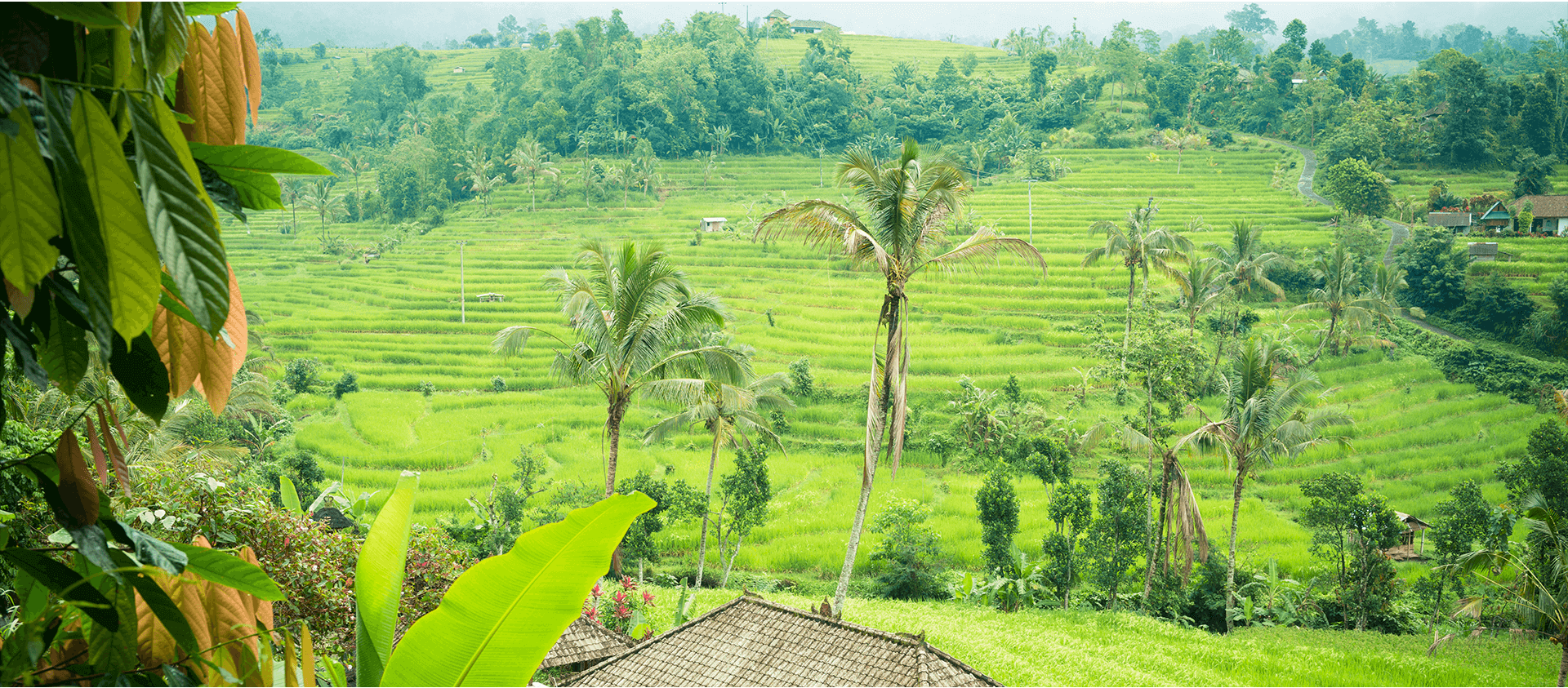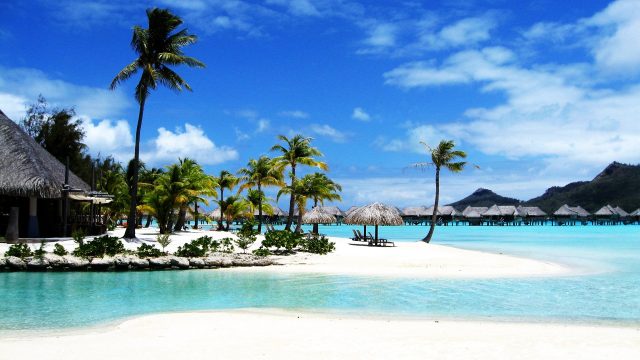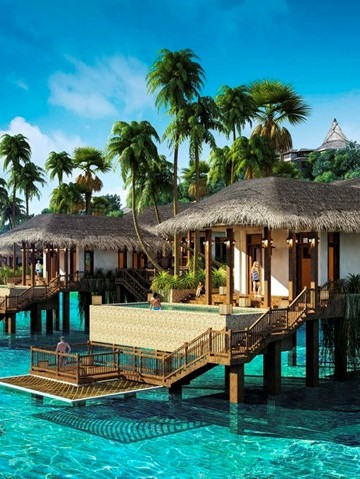CO TU ETHNIC PEOPLE VIETNAM
20-03-2019
The Co Tu inhabit the mountainous regions of Central Vietnam West of Hoi An and Da Nang right up to and over the Lao border. They are now counted amongst the smallest of Vietnam’s ethnic minority groups with a total population of just 60,000 people. They live in small villages comprising of mostly wood and rattan huts with a central common, Goul and Moong houses and practice subsistence agriculture and hunting methods.
Customs and habits
The Co Tu believes in and worships Giang (Genie). The houses are set out in the form of an ellipse. In the middle of the village is the Rong (Communal House), a large and beautiful building used for the reception of guests, to hold meetings, rituals and cultural performances. Patriarchy prevails among the Co Tu as the children take the family name of their father. The right of inheritance is reserved only for sons. Marriage dowries are also a common practice.

Culture
Co Tu language belongs to the Mon-Khmer Group.
Costumes
Men wear loincloths and leave their upper torsos naked. Women wear skirts and short vests. In winter they wear a piece of cloth to keep them warm. Popular ornaments consist of necklaces, bracelets, and earrings.
Economy
The Co Tu practice a slash and burn cultivation, often dig holes to plant seeds, practice animal husbandry, weave cloth and baskets, gather, hunt, and fish. The exchange of products is carried out by bartering.
The transportation options range from classic Russian Minsk motorcycles, scooters and dirt bikes for the truly adventurous to fully restored US Jeeps, to mountain bikes or the luxury of comfortable, air-conditioned minivans.

All groups are fully escorted by experienced guides equipped with exceptional knowledge of the region and the best, most exciting and scenic routes to Bho Hoong. Along the way you will stop at historically significant American war and ancient cultural sites, tea plantations and you will even have the honour to lunch with a former king of the Co Tu people in his home.




.jpg)
.jpg)
.jpg)
.jpg)
.jpg)
.jpg)
_.jpg)
.jpg)
.jpg)
.jpg)
.jpg)
.jpg)
.jpg)